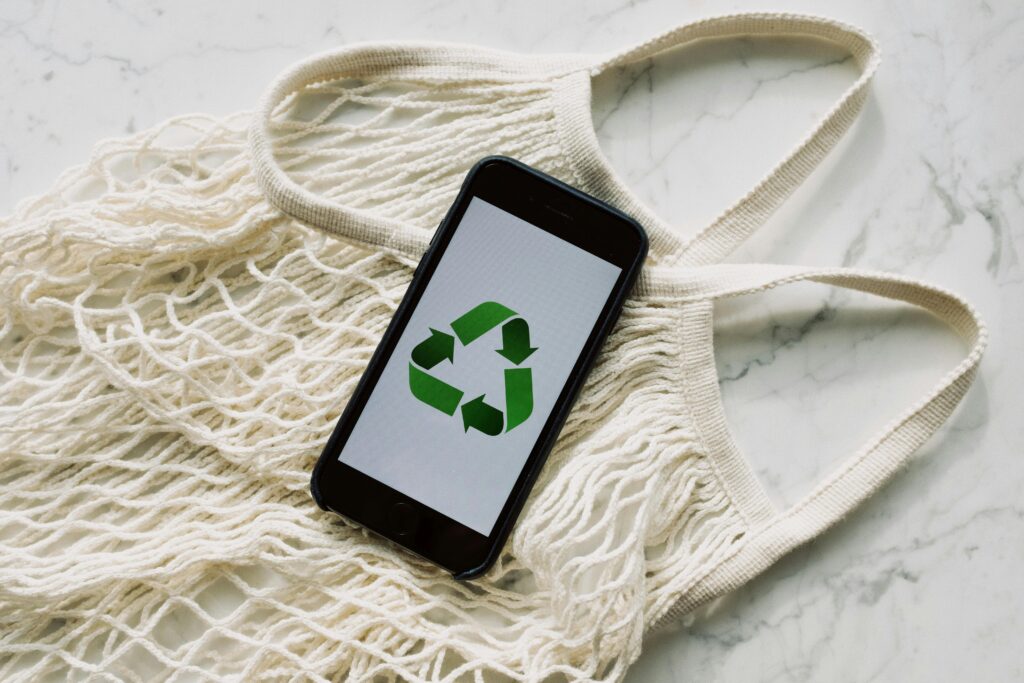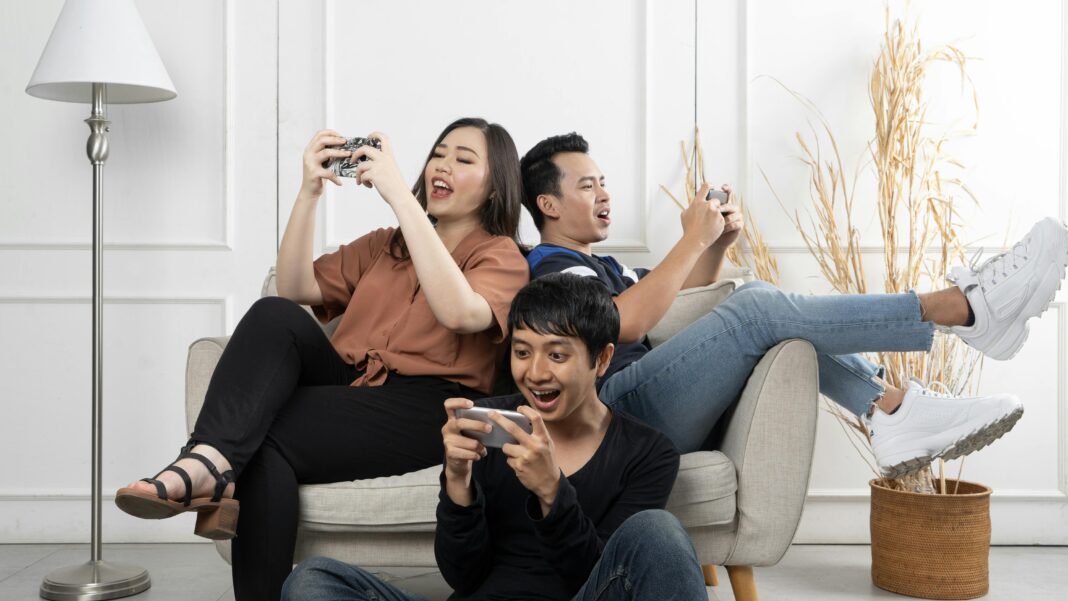Mobile gaming has transformed from simple time-killers into graphically intensive, competitive experiences rivaling PC and console titles. However, nothing ruins immersion faster than stuttering gameplay, delayed inputs, or sudden frame drops. Whether you’re battling in Call of Duty: Mobile, building in Fortnite, or exploring Genshin Impact’s vast landscapes, achieving smooth performance requires understanding both software tweaks and hardware limitations.

This exhaustive guide dives deeper than any other resource to provide actionable, technical, and proven methods to eliminate lag, maximize FPS, and transform your mobile gaming experience. We’ll cover:
- The science behind mobile performance bottlenecks
- Step-by-step optimization for both Android and iOS
- Advanced tweaks most guides ignore
- Hardware modifications and accessories
- Game-specific optimization profiles
- Network engineering for competitive play
1. Understanding Mobile Gaming Performance: A Technical Deep Dive
1.1 What Really Causes Lag? (Beyond Just “Slow Internet”)
Lag manifests in three primary forms, each requiring different solutions:
Input Lag (Touch Delay)
- Cause: Slow touchscreen polling rates (how often the screen registers touches)
- Fix: Enable “High Touch Sampling Rate” in developer options (120Hz+ screens benefit most)
Network Latency (High Ping)
- Root Causes:
- ISP routing inefficiencies (your data taking a longer path to game servers)
- Wi-Fi interference (neighbor networks on same channels)
- Packet loss (data failing to reach servers)
- Diagnostic Tools:
PingPlotterto identify network hops causing delaysNetUFO(Android) for real-time packet loss monitoring
Render Lag (Frame Pacing Issues)
- GPU Bottlenecks: When your phone’s graphics processor can’t keep up with scene complexity
- VRAM Limitations: High-resolution textures exceeding available memory
1.2 FPS Fundamentals: Why Your Phone Drops Frames
Frame rate stability depends on:
Thermal Throttling Thresholds
- Snapdragon 888: Starts throttling at 42°C
- Apple A15 Bionic: Maintains performance until 48°C
- Test Your Device: Use
CPU Throttling Testapp to see when your phone slows down
Memory Bandwidth Constraints
- LPDDR5 RAM (44GB/s bandwidth) vs. older LPDDR4X (17GB/s)
- Proof: Genshin Impact runs 15% smoother on identical chips with faster RAM
Driver-Level Inefficiencies
- Mali GPUs often suffer from poor Vulkan API implementation
- Adreno GPUs handle Unity games better than Unreal Engine titles
2. Complete Device Optimization Guide
2.1 Android-Specific Tweaks (Root & Non-Root)
Non-Root Optimizations
- Force 90Hz/120Hz on Supported Displays:CopyDownloadadb shell settings put global peak_refresh_rate 120 adb shell settings put global min_refresh_rate 120
- Disable Android’s Hidden Performance Limiters:
Settings > Battery > Battery Saver > Disable "Optimize Battery Usage" for games
Root-Required Power Tweaks
- CPU Governor Tuning:
- Switch from
powersavetoperformancegovernor - Lock CPU cores at maximum frequency using
Kernel Adiutor
- Switch from
- GPU Clock Control:
- Overclock Adreno GPUs by 10-15% via
Franco Kernel Manager
- Overclock Adreno GPUs by 10-15% via
2.2 iOS Optimization Secrets
Hidden Gaming Mode
- Enable Low Power Mode (paradoxically reduces throttling on newer iPhones)
- Background App Refresh: Disable for all apps except messaging
Metal API Optimization
- Games using Metal (like COD Mobile) perform 20% better than OpenGL titles
- Check graphics API in game settings when available
3. Network Engineering for Competitive Gamers
3.1 Advanced Wi-Fi Tuning
Channel Optimization
- Use
WiFi Analyzerto find least congested channels - 5GHz channels 36-48 generally have less interference
QoS Configuration
- ASUS Routers: Gaming QoS prioritizes UDP packets
- TP-Link: Use “Game Acceleration” feature
3.2 Cellular Data Optimization
Carrier-Specific Tweaks
- T-Mobile: Enable “Network Selection” to lock to 5G UC
- Verizon: Disable “5G Nationwide” (slower than LTE in many areas)
Packet Size Adjustment
- Modify MTU size to 1400 for better consistency:CopyDownloadadb shell ip link set dev wlan0 mtu 1400
4. Game-Specific Optimization Profiles
4.1 Call of Duty: Mobile
- config.ini Edits:CopyDownloadRenderResolution=0.75 ShadowQuality=0
- Recommended GFX Tool Settings:
- Anti-Aliasing: Off
- FPS: 90 (if device supports)
4.2 Genshin Impact
- Android Config Overrides:
- Set
GraphicsQualityto2inconfig.ini - Enable
DisableBloom=1
- Set
5. Hardware Modifications & Accessories
5.1 Cooling Solutions Comparison
| Product | Max Temp Reduction | Active Cooling |
|---|---|---|
| Black Shark FunCooler 2 Pro | 18°C | Yes |
| RedMagic Ice Dock | 15°C | Yes |
| Generic Gel Pads | 5°C | No |
5.2 External GPU Possibilities
- Samsung DeX + eGPU: Theoretical but requires Linux workarounds
- DisplayLink Adapters: 30% lower latency than wireless solutions
FAQ: Expert-Level Troubleshooting
Q: Why does my phone perform worse after Android updates?
A: OEMs often introduce new power management algorithms. Roll back or wait for optimization patches.
Q: Can I damage my phone by forcing 120Hz all the time?
A: No, but OLED screens may experience slight burn-in faster.
Q: Which games benefit most from Vulkan vs OpenGL?
A: PUBG New State (Vulkan) gains 25% FPS over OpenGL mode.
Final Recommendations by Budget
Entry-Level Devices (<$300)
- Focus on thermal management
- Use resolution scalers (0.7x)
Mid-Range (300−300−600)
- Enable hidden high refresh rates
- Moderate GPU overclocking
Flagship ($600+)
- Full driver-level tuning
- External cooling for sustained performance
This guide will be continuously updated with new findings. Bookmark and share with fellow mobile gamers! Would you like me to expand any particular section with even deeper technical details?

